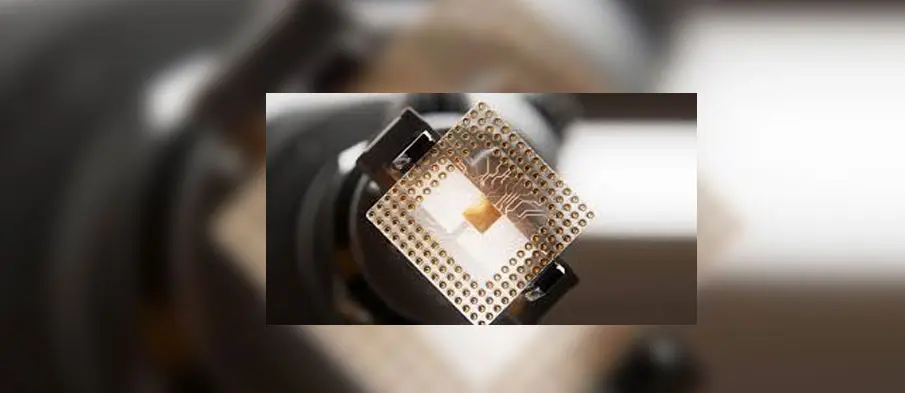
Chinese technology leaders Alibaba Group and Baidu have started deploying their self-developed chips to train artificial intelligence models, partially replacing their reliance on Nvidia hardware, according to a report by The Information. This shift signals an important step toward reducing dependence on Western semiconductor technology, a trend accelerated by tightening U.S. export restrictions.
“Until recently, Chinese companies relied completely on Nvidia chips for most AI development work,” the report noted. Over the last several years, however, Washington has imposed export controls that limit the computing power of AI chips sold in China. At the same time, Beijing has been encouraging domestic firms to adopt homegrown solutions, both to reduce vulnerability to sanctions and to strengthen the country’s semiconductor ecosystem.
Alibaba has already begun training smaller AI models on its Zhenwu processing unit since early 2025. This chip is designed to handle lighter AI workloads efficiently, allowing the company to diversify its compute infrastructure. Baidu, meanwhile, is testing the latest versions of its flagship Ernie AI model using the Kunlun P800, the newest iteration of its in-house Kunlun chip series.
Despite these advances, the transition is not yet complete. Both companies still rely heavily on Nvidia’s top-tier chips for their most complex and compute-intensive AI models, largely because of the proven performance and stability of Nvidia’s hardware. The move to fully self-sufficient chip usage is expected to be gradual as Chinese firms refine their designs and improve manufacturing capabilities.
Industry observers view these developments as a significant milestone in China’s push to decouple critical AI infrastructure from Western suppliers. By building and deploying proprietary chips, Alibaba and Baidu are not only mitigating the risks posed by export restrictions but also positioning themselves as long-term leaders in China’s AI ecosystem.
This transition also reflects a broader trend in the global semiconductor landscape, as nations seek greater technological sovereignty and resilience in strategic sectors such as AI and high-performance computing.





